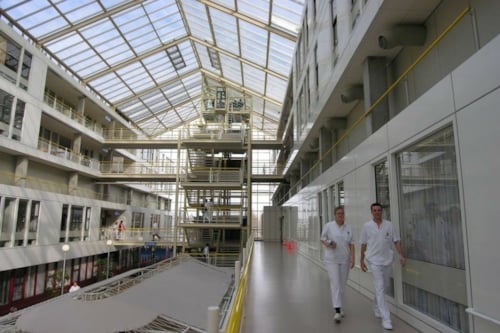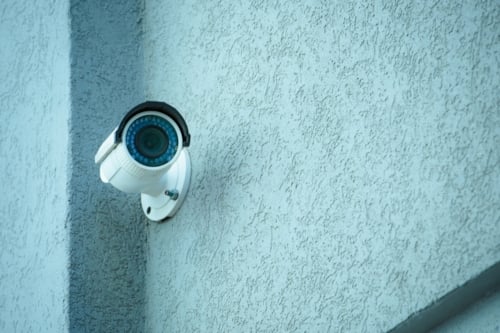
Electronic Security Certification in accordance with BRL-K21035
Receive a quote tailored to your needs
Several areas of electronic security are included in the K21035 certification scheme. The module structure makes it possible for manufacturers and suppliers to be certified (scope of certification) for one or more activities (manufacturing, design, installation and/or maintenance) per one or more types of system.
A company can be certified for the following activities:
- Design & -Installation
- Maintenance
The following specific areas of application are possible:
- A – Intrusion & Holdup Alarm systems (I&HAS)
- B – Video Surveillance Systems (VSS)
- C – Alarm Transmission Systems (ATS)
- D – Electronic Access Control Systems (EACS)
- F – Social Alarm Systems (SAS)
- G – Fire Detection & Evacuation Systems (FD&ES)
By combining these multiple scopes within one scheme, electronic security can be offered integrally.
For whom?
Purchasers, suppliers, consultant agencies, maintenance companies.
When is it necessary?
The use of electronic security has become increasingly visible in recent years.
Granting controlled access is, for example, an essential part of building management. Closing buildings when all of the visitors have left is most of the time not a problem. It becomes much more difficult if there are people in the building and when the access control system has an impact on burglary, fire safety and on escape routes.
Process Information
The certification scheme sets requirements for documents, such as the ‘Program of Requirements’, the Design, the security plan, delivery report and certificate.
In addition, requirements are set for the process from installation to maintenance and for the quality system, such as personnel, company premises, document management and procedures / work instructions.
Certification process
The certification process starts with an application and a subsequent quote. On the basis of this quotation you can decide whether or not you want to start the certification process.
When you conclude to do so, an independent admission audit will follow in which Kiwa FSS Certification assesses whether the criteria for certification are met. If the result of the examination is positive, you will receive a certificate. If any shortcomings have been identified, they have to be resolved first.
After the initial certification, annual inspection audits are carried out to determine if the certified processes and activities continue meet the requirements.
Additional information
About Kiwa Fire Safety & Security
Kiwa Fire Safety & Security (Kiwa FSS Certification) is a leading certification organization that certifies companies and organizations for fire- and burglary safety. A Kiwa FSS certificate assures the end-user about the quality that is delivered by the certified company.
Certified companies
For certified companies, click here. You could filter on certified scopes.
K21030 Alarm Transmission Systems
K21030 Alarm Transmission Systems according EN50136-1. Kiwa performs assesments on Alarm Transmission Systems (ATS) and Alarm Transmission Service Providers (ATSP). EN 50136 covers receiving and processing information from alarm systems for all type of alarm systems such as burgelary, holdup and fire alarm systems.

K21046 Hosted Alarm Solution
Certification Scheme K21046 Hosted Alarm Solution contains all requirements that a "Hosted Alarm Platform" must meet. A Hosted Alarm Platform consists of locations, hardware, software and networks and is intended for the processing and handling of hosted alarms by an Alarm receiving centre.

K21047 Wireless Silent Alarm Systems
The certification scheme "K21047 Wireless Silent Alarm Systems" has been drawn up for companies that wish to obtain certification for the installation and maintenance of wireless silent alarm systems. These will mainly be applied in healthcare, but can also be applied on company sites.

K21049-01 Integrated Security Alarm Solutions
K21049 Integrated Security Alarm Solutions is the assessment scheme for testing, inspection and certification of integrated alarm security systems. Nowadays, security companies increasingly install and combine multiple types of alarm systems in one security solution. This scheme therefore focuses on the integration of the various systems in a building. The structure of this scheme ensures a seamless connection of assessments between the various sub-areas.

Remote Access for Remote Services (RARS) Certification Scheme
By taking the recent cybersecurity trends into account, Kiwa developed the Remote Access for Remote Services (RARS) scheme, also known as K21048. The RARS scheme is a collection of assessments set up by Kiwa that focusses on different types of systems that are remotely accessible.

K21045 Fire Protection Systems
The K21045 Fire Protection Systems Assessment scheme is a scheme for Testing, Inspecting and Certification (TIC) Fire Protection Systems.

